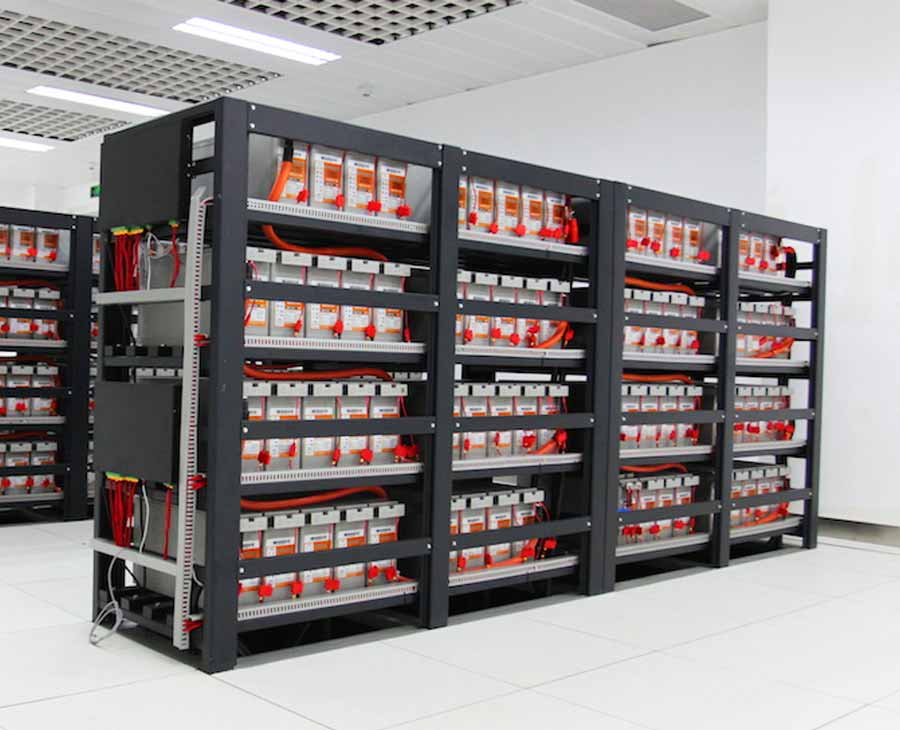Best Practices for Implementing a Battery Monitoring System
In today’s energy-driven world, a reliable battery monitoring system is crucial for ensuring optimal battery performance and longevity. Whether in renewable energy systems or backup power supplies, a comprehensive battery monitoring system can provide critical insights into battery health, charging status, and performance metrics. Here are some best practices to consider when implementing a battery monitoring system.
1. Choose the Right Technology
Selecting the appropriate technology for your battery monitoring system is essential. Consider factors such as battery chemistry, application type, and scalability. Most Battery Monitoring Systems can provide real-time data and remote monitoring capabilities, enhancing the overall effectiveness of your system.
2. Integrate with Existing Systems
Ensure that your battery monitoring system can seamlessly integrate with existing building management systems. This will allow for centralized monitoring and control, making it easier to track battery performance and make informed decisions based on comprehensive data.
3. Regular Calibration and Maintenance
To maintain accuracy, it is vital to regularly calibrate and maintain your monitoring system. Schedule routine checks and updates to ensure that sensors and software are functioning correctly, providing reliable data for analysis. Your battery monitoring system manufacturer should be able to provide a list of routine checks along with any required calibration.
4. Data Analysis and Reporting
Implement robust data analysis tools to interpret the information collected by your battery monitoring system. Establish key performance indicators (KPIs) to track battery health and performance over time. Regular reporting can help identify trends and potential issues before they escalate. Some obvious data points to monitor are system voltage, cell voltage, and temperature but there any many other capabilities to modern battery monitoring systems.
5. User-Friendly Interface
A user-friendly interface is crucial for effective monitoring and management. Ensure that your battery monitoring system features an intuitive dashboard that presents data clearly and allows users to easily access important information.
6. Set Alerts and Notifications
Configure alerts and notifications for critical parameters such as voltage, temperature, and state of charge. This proactive approach enables quick responses to potential problems, helping to avoid costly downtime and optimizing battery life.
7. Training and Support
Provide proper training for users to maximize the benefits of your battery monitoring system. Ensure that staff are familiar with the system’s features and capabilities, and offer ongoing support to address any questions or issues that may arise.
Conclusion
Implementing a battery monitoring system is an investment in longevity, safety, and efficiency. By following these best practices, you can optimize your battery management and ensure that your systems remain reliable and effective. Embrace the future of energy storage with a comprehensive battery monitoring system tailored to your needs.
Our Sales and Engineering Team can help match a battery monitoring system to your specific needs. Check out our product and service offering at https://swiftpower.com/reserve-power/.

